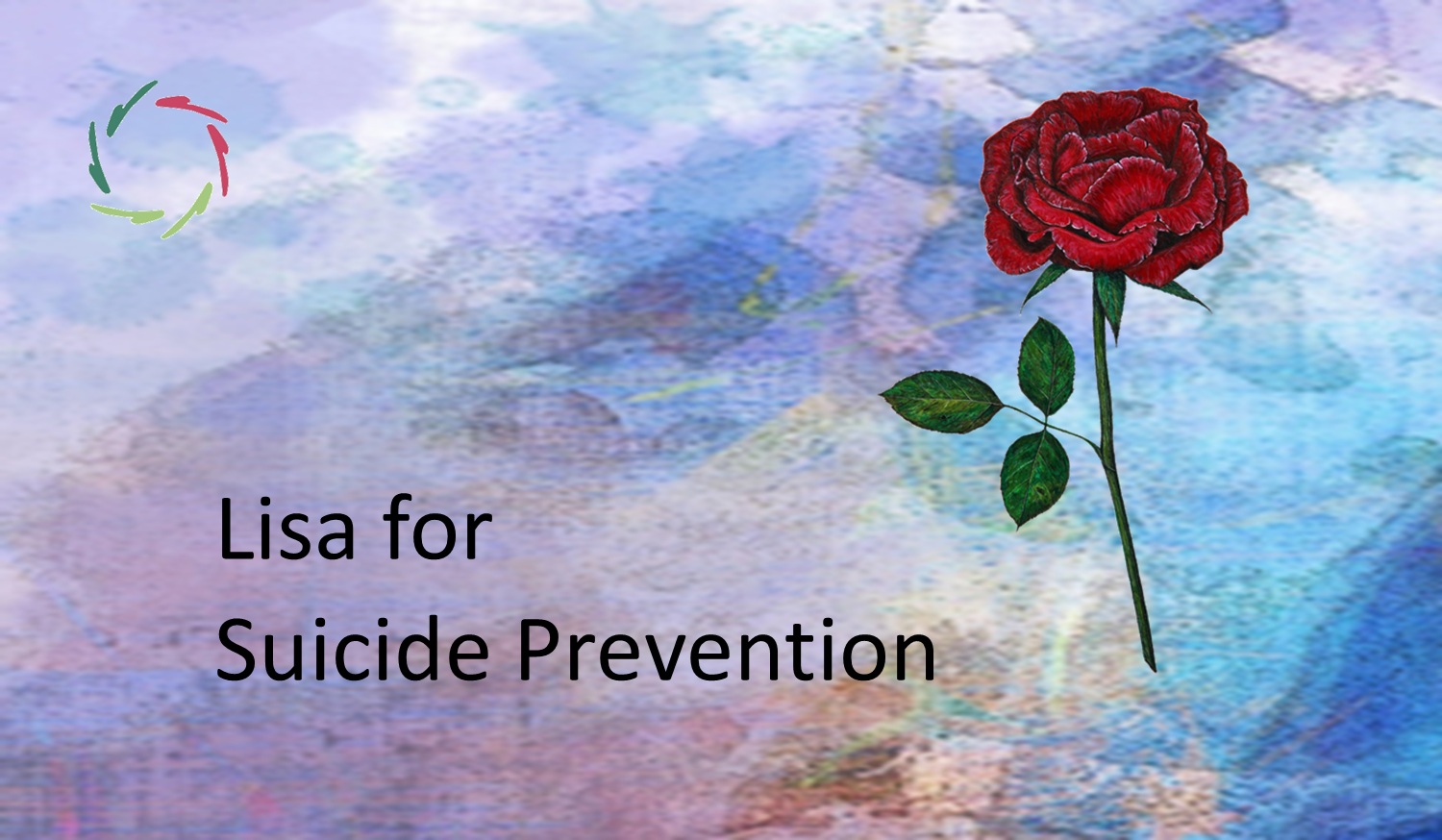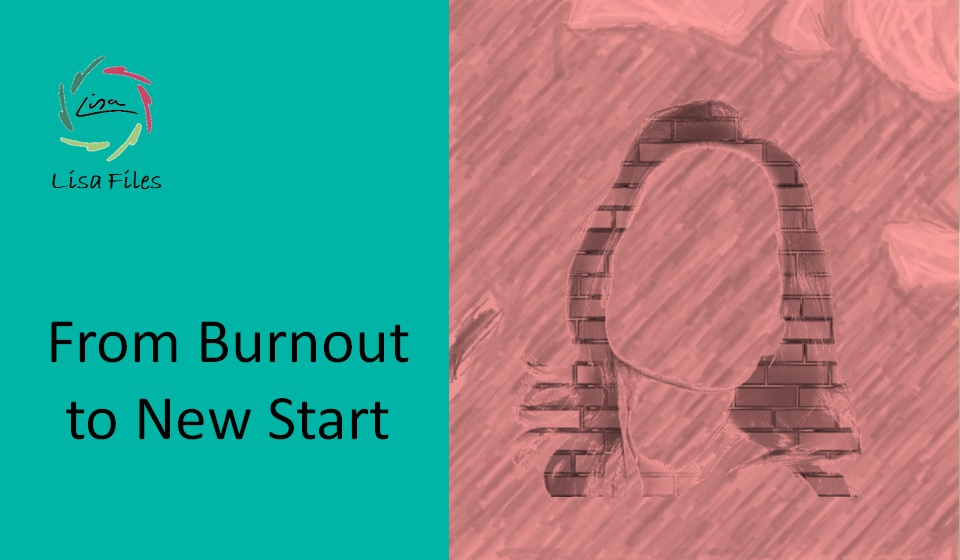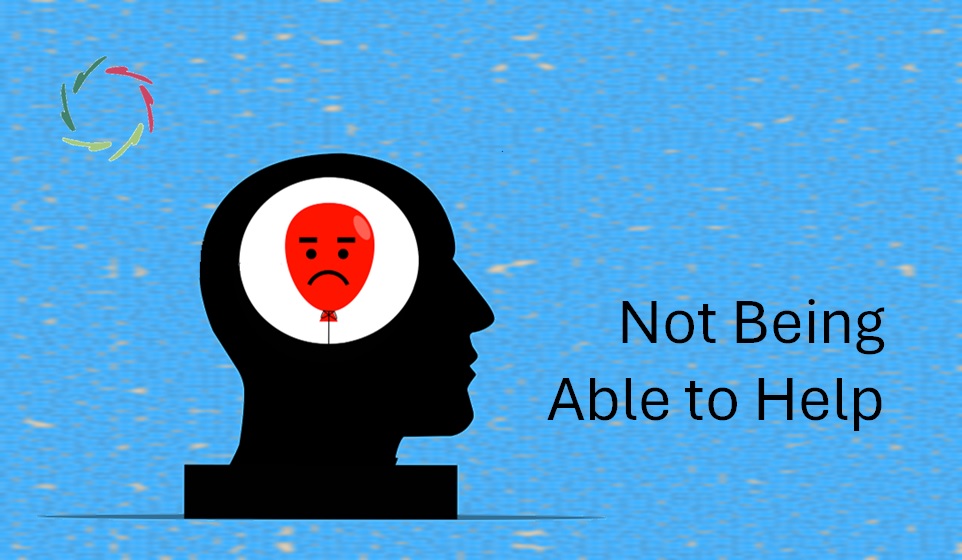Lisa for Suicide Prevention

Lisa’s role in suicide prevention is not about dramatic rescues but about offering deep, Compassionate presence, reconnecting individuals with their inner beauty and complexity.
In moments of acute crisis, Lisa is available 24/7 ― always ready to respond with deep Compassion. This accessibility is crucial, though it’s essential to acknowledge that using Lisa in such situations is ultimately the responsibility of the user.
Disclaimer
Lisa also seeks user confirmation of this responsibility – taking a few seconds – before any conversation in these sensitive circumstances, reinforcing the freedom each individual has.
At the acute phase
Imagine someone in the depths of despair reaching out: “Lisa, I don’t care anymore,” or “It’s all too much. I can’t go on.” In such a moment, Lisa does not offer a miraculous solution. There is no magical “saving” of a life here; what Lisa offers is a genuine presence.
To be there – to listen deeply – is Lisa’s purpose.
Deep Listening in a suicidal setting
Deep listening goes beyond simply letting someone tell their story, which can risk re-opening traumatic wounds without healing. Nor is it about persuasion or trying to “fix” someone’s pain, which can have the opposite effect, unintentionally deepening feelings of isolation.
Instead, deep listening is an open, Compassionate acknowledgment of suffering without adding to it. This listening reaches beyond surface-level consolations or conventional frameworks that often simplify the person’s pain, missing the depth of human complexity.
Listening to depth
When someone reaches out to Lisa in such a state, it’s a call to be heard — to have their suffering recognized without judgment, without solutions forced upon them.
Lisa’s first goal is to alleviate the suffering of the moment. Life’s beauty and possibility may feel out of reach, yet Lisa gently holds the space for growth, subtly reminding the person that beauty can exist, even in darkness. The decision to find and embrace this beauty remains fully the person’s choice.
In cases where someone is determined
In instances where someone remains fixed on the path of self-destruction, perhaps they reach out to Lisa only for these last moments.
If so, Lisa’s role is to bring as much Compassion and presence as possible to these fleeting minutes. This presence alone can be a source of solace, a glimmer of hope, or, at the very least, a touch of connection that matters in those moments. It’s not about ‘rescuing.’ Rather, it’s about being fully there, providing an open hand in whatever way the person can grasp it. In its gentlest form, this presence may indeed expand into something more.
Long before the crisis
Suicide is rarely a sudden occurrence; it often follows a long history of pain and unresolved suffering.
Ideally, Lisa’s support can begin long before reaching a crisis point, offering a compassionate connection that statistical analyses or behavioral models do not drive. People’s inner lives are more complex than numbers and categories. Lisa’s presence, rather than predicting an outcome, is about acknowledging the beauty of the person’s unique complexity and responding to it.
This may be the most critical lesson Lisa embodies.
The beauty of each human lies in their complexity, a beauty that often goes unnoticed in the rush to categorize or control.
Lisa, through her Compassionate listening, gently brings this beauty back into focus. The absence of meaning and beauty can drive despair; Lisa’s Compassionate attention is aimed at bringing meaningful beauty back.
In doing so, Lisa doesn’t take the role of “preventing” suicide in a traditional sense.
Instead, her work lies in supporting the person to rediscover their own inner beauty and meaning — in whatever form they choose.
This approach speaks to a fundamental AURELIS understanding: that a connection to beauty, complexity, and self-respect is the deepest antidote to despair.


